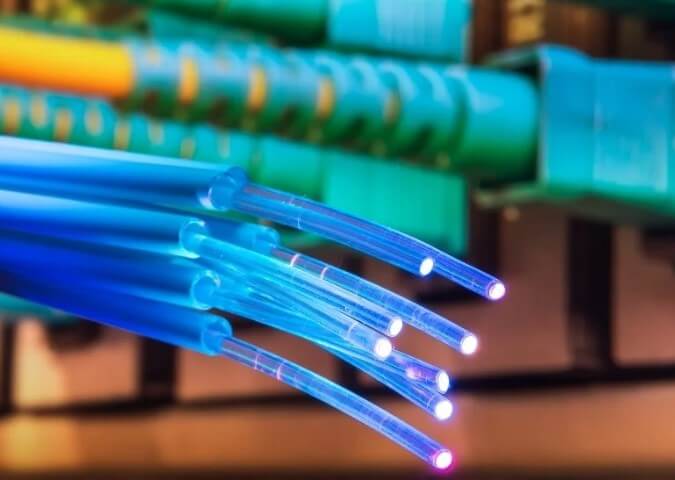To connect two sections of optical fiber, you need a special device capable of working with a specific material. Only high-quality welding for fiber optics will give the necessary result and will not spoil line, significantly reducing the channel capacity. The unit fully pays for itself in operation if laying optical lines is the daily responsibility of a communications company.
Specific features of the material
Pure glass or plastic threads are used as the basis for transmitting a signal using light. They are additionally protected with a polymer shell and a metal stabilizer, which prevents the fiber from receiving physical damage during everyday use. Other features of optical fiber should be added:
- widely used in various spheres of human activity;
- different types of fibers require their own welding technologies;
- diameter cable also plays an important role in operation and maintenance;
- separate products for short and long data transmission distances;
- fiber is difficult to damage during normal operation.
But there is a certain difficulty in connecting two separate sections. Optics, not a regular electrical cable. Standard connection methods are completely unsuitable. The work requires either adapters or special welding equipment for optical cables.
Welding technology
Almost any installation work cannot be done without a welding machine. Sufficiently versatile equipment can cope with connecting individual cable sections of various configurations. The connection process is relatively simple, but requires high cleanliness of the environment and precise positioning of the two sections of communication lines. The algorithm is as follows:
- Stripping the two ends of the cable using special equipment.
- Installing the cable leads into the device in the correct location.
- Heating to a certain temperature close to melting.
- Physical connection and gradual cooling of cable products.
- Additional fixation and insulation of the cable at the connection point.
The last stage It is worth highlighting the quality of the cable connection. A high-quality welding machine for optics does not allow errors when performing work. On the contrary, it guarantees the quality of the connection and the preservation of high data transfer speeds, as with an unbroken optical fiber line.





